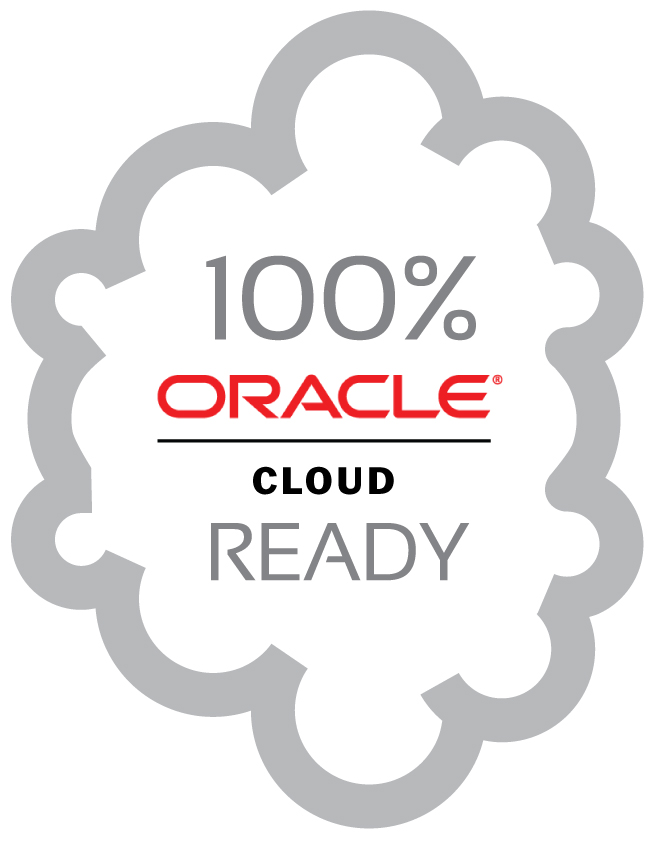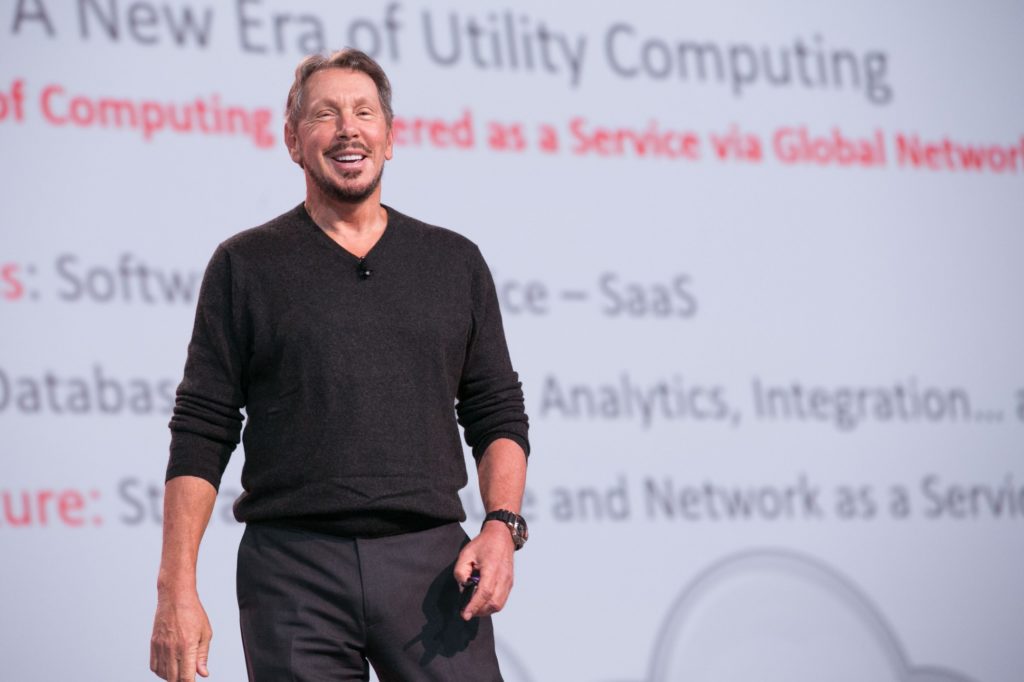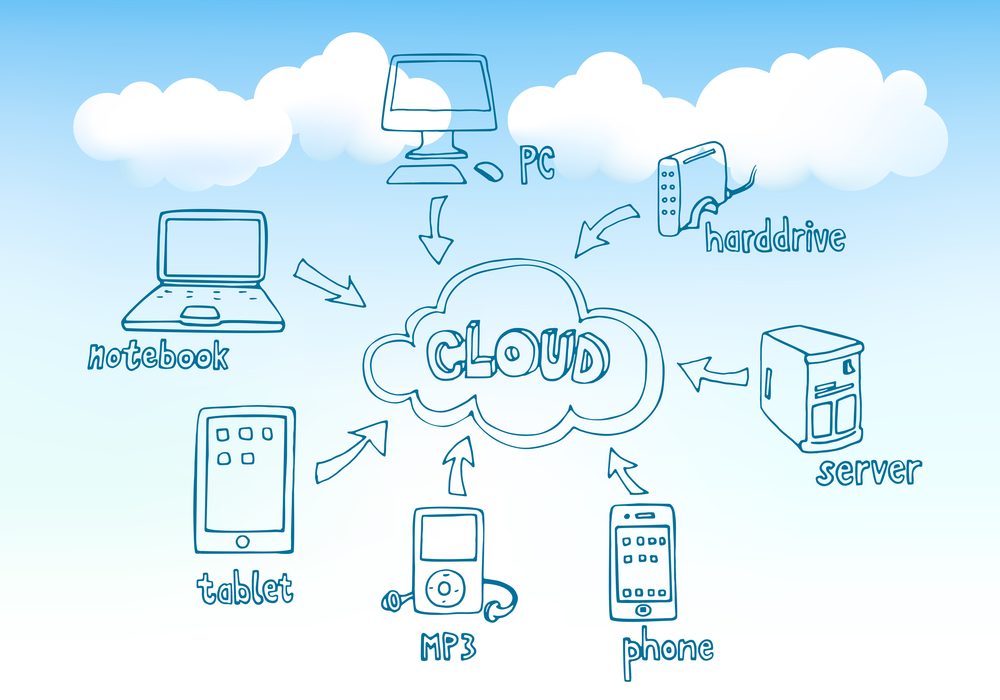Cloud computing infrastructure is essentially about running your company’s servers on an environment not owned by you. On an individual level, its about renting virtual server space on the infrastructure that another company has built and paying them a monthly fee.
At the other end of the scale, however, this can run into thousands of virtual machines (VMs), as they’re called, and your total capacity will depend on what you need at any given point in time. That means the company that you rent these VM instances from must necessarily have huge data centers with enough capacity to host the needs of several thousand clients.
The capacity as well as computing power must have sufficient redundancy and security in order for clients to rely 100% on that service. As such, it requires a sizable and ongoing investment to keep expanding cloud data centers that can support the capacity requirements of a cloud provider’s clients.
Against that backdrop, the largest provider of cloud infrastructure in the world is Amazon’s AWS (Amazon Web Services). Launched in 2006, the division is well on its way to making $10 billion in revenues for Amazon every year. Even tech giants like IBM, Microsoft and Google are still behind AWS where Cloud Infrastructure-as-a-Service (Cloud IaaS) is concerned.
Oracle, on the other hand, only made $171 million from this business in the last three months. That equates to annual revenues (also called a run rate) of $684 million. So how can Oracle challenge the biggest Cloud IaaS provider in the world?
The answer to that lies in the type of clients that Amazon Web Services caters to. The majority of their clients are small to medium-sized businesses. They do have an impressive list of enterprise clients such as Netflix, Reddit and Pinterest, to name a few, but the bulk of them are smaller businesses that do not want to invest in their own IT infrastructure.
Compared to that client base, Oracle’s is much more impressive because for years, they’ve been providing hardware and software services to most of the world’s largest companies. But the biggest challenge with these companies is that most of the them are hesitant to move their data to the cloud. One reason is that they’ve already invested hundreds of millions of dollars setting it up in-house; the second reason is that many of them are still unconvinced that cloud-based infrastructure is as safe and secure as their own data centers; the third reason is that some countries restrict certain types of data from being stored overseas.
All these reasons combined are why even companies like IBM and Microsoft are forced to offer what is known as a hybrid cloud service, which allows clients to keep their own servers and infrastructure, but get the benefit of cloud during peak seasons or whenever they need to expand their own capacities on demand.
Oracle’s founder and former CEO Larry Ellison, however, says that the company will start offering a new type of cloud infrastructure service called “Generation2 IaaS”, which will “deliver twice the compute, twice the memory, four times the storage, and ten times more I/O at a 20% lower price than AWS.”
The new infrastructure from Oracle will be built on what are known as bare metal servers, which differ from VMs in that they are directly installed on hard disks rather than an operating system. Suffice it to say that this virtualization process does take a toll on the performance of the server and, therefore, bare metal servers provide better performance – often at a lower cost.
More importantly, the bare metal server version of Oracle’s infrastructure services will allow companies to “lift and shift” their databases and software into Oracle’s cloud without having to make any changes – something the company is betting heavily on to bring its large clients into its own cloud infrastructure.
IBM already offers bare metal servers on its SoftLayer cloud infrastructure platform, but it seems that Oracle has an ace up its sleeve that might allow their versions to outperform IBM’s bare metal servers.
At this year’s first earnings call, Larry Ellison said that this new infrastructure will bring Oracle’s Cloud IaaS growth in line with the growth of other cloud-based offerings from the company, referring to the fast-growing Software-as-a-Service and Platform-as-a-Service segments of the company’s cloud offerings.
But there’s a major problem here. As I mentioned, data centers require continual growth and investment. According to RBC Capital Markets:
“Amazon, Google, and Microsoft will spend about $11.8 billion, $10.4 billion, and $8.8 billion in cloud-related infrastructure.”
In contrast, Oracle spends a fraction of that. So how is Ellison so sure of challenging Amazon’s dominant position when even Microsoft, IBM and Google can’t crack that code. The revelation, he says, will come during the OpenWorld annual event that Oracle hosts, and it’s happening today.
So in a few hours Oracle’s grand plan to overtake Amazon in one of the most competitive areas of technology will be unveiled. And we’ll be reporting as soon as news breaks, so watch this space.
Thanks for reading our work! If you’re reading this on Apple News, please favorite the 1RedDrop channel (next to our logo) to add us to your news feed, or Like our page on Facebook. Please bookmark our site for more insightful articles on current and future technologies that are changing our lives.




